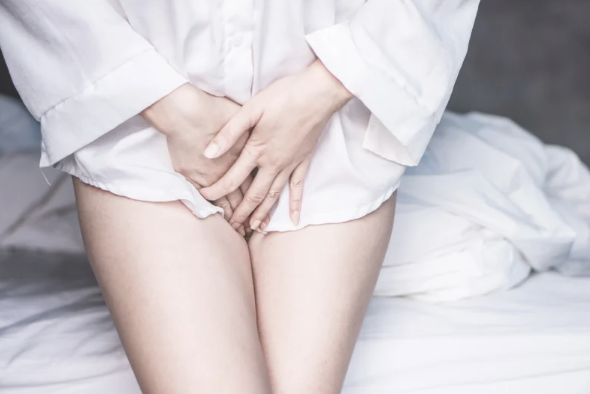Vulvodynia
Definition
Vulvodynia is chronic vulval pain lasting at least three months without an identifiable infection, skin disorder, or medical cause. The pain may be localised, such as at the vaginal entrance, or generalised across the vulva. Vulvodynia can be provoked by touch or pressure or occur spontaneously.
Symptoms
Burning, stinging, or irritation in the vulva
Pain with touch, pressure, or penetration (tampons, intercourse, tight clothing)
Spontaneous pain without triggers
Hypersensitivity of vulval tissues
Pain persisting after daily activities or sex
Reduced sexual function and avoidance of intimacy
Who is Most Affected?
Vulvodynia commonly affects women of reproductive age, particularly those with recurrent thrush, urinary tract infections, pelvic floor overactivity, or co-existing conditions such as endometriosis or IBS. Psychological contributors like anxiety, stress, or trauma may also play a role.
Common Causes
Pelvic floor dysfunction and muscle overactivity
Nerve hypersensitivity and central sensitisation
Hormonal or inflammatory factors
Irritant exposures such as harsh soaps or tight clothing
Management Approaches
Pelvic Floor Osteopathy supports vulvodynia through assessment, manual therapy, pelvic floor retraining, education, relaxation techniques, and multidisciplinary care. Medical, psychological, and lifestyle strategies are often incorporated to reduce pain and improve function.
Key Point
Vulvodynia is complex but treatable. With tailored, multidisciplinary care, many individuals experience significant improvements in comfort, confidence, and quality of life.

